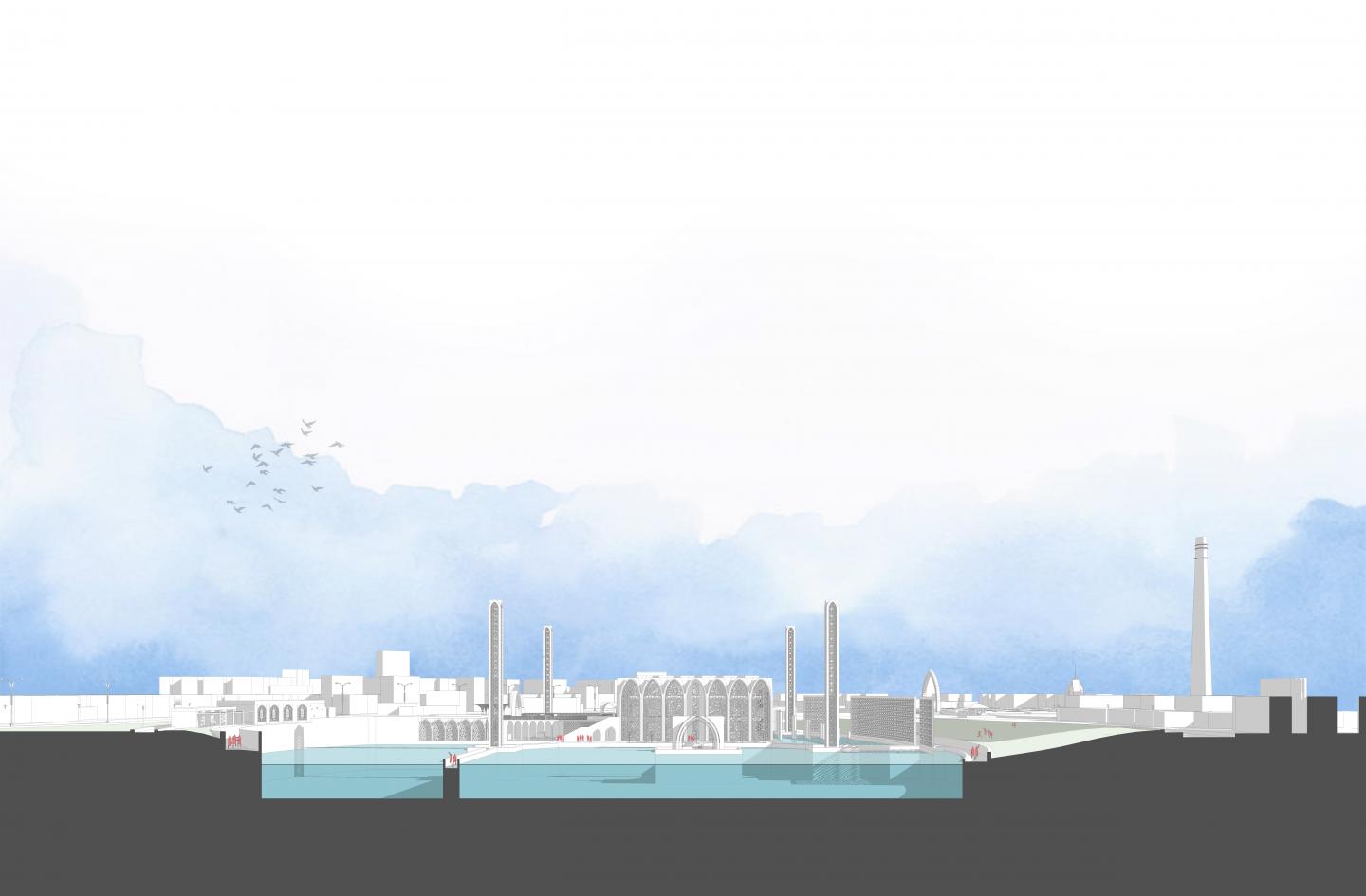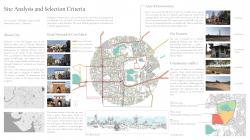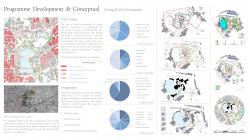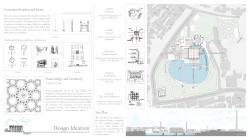From The Sacred To The Profane And Back!
Since time immemorial, the world has been in perpetual strife for religious superiority. Architecture has been the backbone holding these religions strong and upright. Islam, having its axis mundi at Mecca, was rapidly propagated all over the world with mosques playing a crucial role. Howbeit, the disagreement between the Islamic faith and the physical manifestation of it in architecture due to the shifting paradigms of Islamic architecture has now been more tangible than ever. This research-based dissertation focuses on the "Islamisation" of contemporary architecture of mosques, thus attempting to acknowledge this conflict and address the Islamic faith in the tangible forms.
The vital issue then is, what the Islamic Architecture that emerged from the essence of Islam and that which addresses the contemporary conditions/circumstances, requirements and aspirations of the present Muslim societies and individuals, should be. Having said that, the question also stands, is there a need for ‘Islamisation’ of architecture?
Addressing the issues of globalization and modernization, R.K. Ramanujan asked in one of his essays, “Is there an Indian way of thinking?” The question further leads us to ponder, “Is there an Indian way of designing?” In an Indian context, rich in diversity of architecture by a series of Muslim dynasties, what should be the language of a contemporary mosque today that falls in step with the need of the time, yet speaks of its past, the spirit of a place and the reflection of the society?
Often when talking about “Indianness”, the discussion falls back on the concepts of craft, the local, the regional, among others. But their relevance today needs to be re-looked at. Every element of a building is fostered by the necessities of the specific time and place. It is the response to this variation that leads to the development of these building elements. The minarets were built to suit the need of the time, but how far are they relevant today? Is the conventional Mihrab an only way of giving a sense of direction? What should then be the form of the mosque with the relevance of its traditional elements being questioned? With iconography forbade, what is the actual role of the calligraphy and the geometrical patterns today?
Talking of religions, while every religion talks about peaceful co-existence, one question that I have always carried with me is, cannot our architecture of these religious centers inculcate a sense of secularism, tolerance and co-existence?! After all, architecture has been referred to as the ‘Sacred art’!
2019
0000
Site Location : Vadodara, Gujarat, India
Site Area : 70000 Sq mts,
Total Built up: 10354 Sq mts,
Samad Vahora








